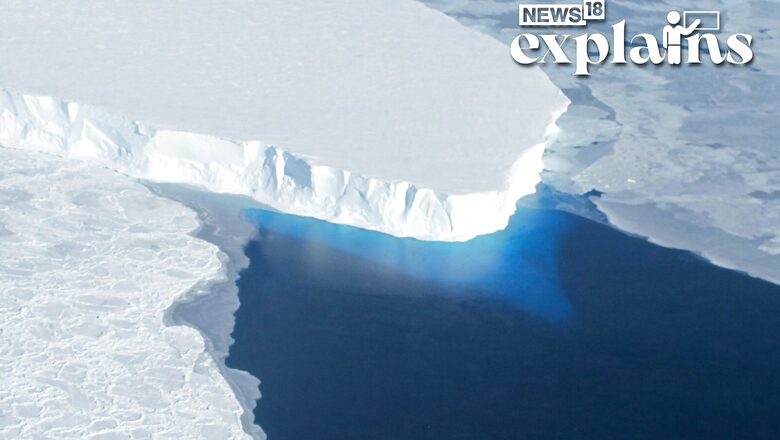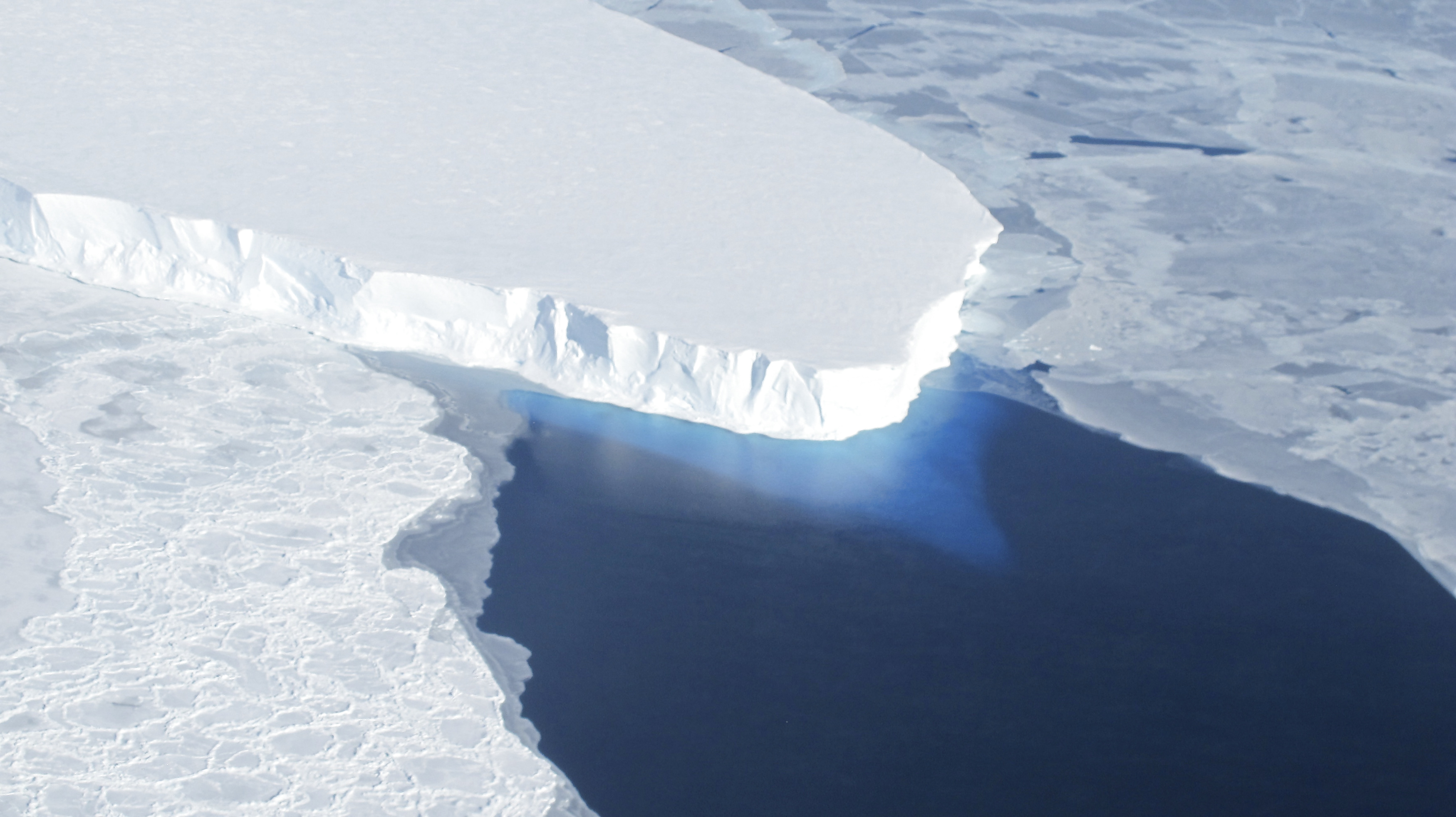
views
Thwaites Glacier, often known as the “doomsday glacier,” is on the edge of collapsing, according to new assessments. The collapse of the glacier, which is roughly the size of Gujarat, might result in a catastrophic rise in world sea levels, with no help from Greenland or the Himalayas, as per reports.
Warm water is getting into the glacier’s fractures and crevices more than half a kilometre below the surface, forming new canyons at a rate of 43 metres per year, according to British Antarctic Survey researchers who published their findings in the journal Nature, reported the Mint.
(It’s called the Doomsday Glacier because it is 120 km wide at its widest point, fast-moving, and melting rapidly over time, as per reports. It contains enough water to increase the global sea level by more than half a metre due to its size (1.9 lakh square kilometres).

The glacier is quickly altering as climate change increases.
Every year, it releases billions of tonnes of ice into the ocean, accounting for around 4% of yearly sea level increase. The glacier meets the seafloor, which has receded roughly nine miles (14 kilometres) since the late 1990s, exposing a wider slice of ice to comparatively warm ocean water, according to a report by CNN.
What Could Complete Collapse of the Thwaites Do?
The total collapse of the Thwaites might result in a sea level rise of more than two feet (70 centimetres), devastating coastal cities around the world, explains the CNN report. The Thwaites is also acting as a natural dam to the surrounding ice in West Antarctica, and experts estimate that if the Thwaites collapsed, global sea level would rise by roughly 10 feet.
While it could take hundreds or thousands of years, the ice shelf could dissolve considerably sooner, causing the glacier to retreat in an unstable and potentially irreversible manner.
How Could This Affect YOU?
According to a report in Forbes India, the melting and rising sea levels caused by global warming are expected to have severe consequences by 2030. NASA has made a dire warning that by the mid-2030s, all coastal communities in the United States will witness high-tide flooding.
As per the report, an example of the more immediate side effect of the accelerated melting of icecaps/glaciers/ice sheets are the three major earthquakes and series of aftershocks that have battered Turkey and Syria, killing thousands and injuring many more, as they may be linked to the melting of the glaciers on Mount Agri (Ararat).
The phenomenon is not entirely understood, the report says, but the possibility is clear given that when glaciers melt, their load on tectonic plates diminishes, allowing them to move against one other with enough friction to cause earthquakes.
The India News
The average reader in India may glance at another perilous polar news and think that it does not bother them, sitting approximately 11,835 km away (as per Google.)
But the effects of this news will also be upon us, just as the whole world cannot escape what global warming is bringing with it.
According to the World Meteorological Organization’s ‘State of the Global Climate in 2021’ study, sea level is rising along the Indian coast at a significantly faster rate than the global average.
The rate of rise in the Indian Ocean region is likewise not uniform, with the southwestern part topping the global average by 2.5 mm/year. In some areas, especially the coasts, the rate of rise is 0 to 2.5 mm/year quicker than the global average, the report says.
The Intergovernmental Panel on Climate Change (IPCC), in its ‘Climate Change 2021: The Physical Science Basis’ report, shared some alarming predictions, indicating that “by 2040, Mumbai’s sea level will rise by 0.12m compared to 0.4m in 2020” and “Chennai will see a 0.10m rise compared to 0.3m in 2020”, the report says.
Several coastal towns, including Mumbai, Chennai, Cochin, and Visakhapatnam, are expected to be nearly three feet underwater by the end of the century. Another troubling effect of increasing sea levels has been the loss of 110 square kilometres of ecologically significant mangroves in Sundarbans over the last two decades.
The situation is said to be more perilous further north as the melting of Himalayan glaciers has resulted in the construction of glacial lakes, such as Lake Imja, which can rupture at any time due to increased melting, releasing a disastrous ‘Glacial Lake Outburst Flood’.
With inputs from agencies
Read all the Latest Explainers here


















Comments
0 comment